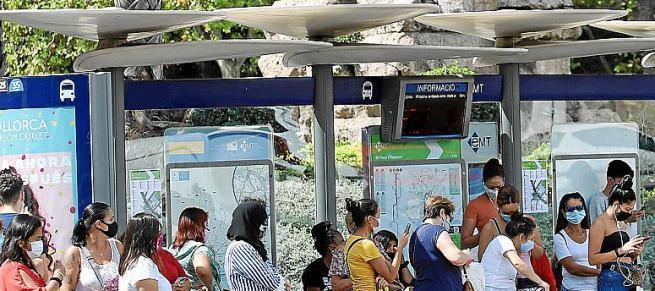A study by the Centre for the Mathematical Modelling of Infectious Diseases at the London School of Hygiene and Tropical Diseases has determined that ten per cent of people infected by coronavirus contribute to eighty per cent of transmissions. So-called superspreaders, they are capable of infecting many people in a short time. The problem, however, is with locating them, as they are cases which only became known later because of tracing.
Dr. Javier Arranz, spokesperson for the regional committee of infectious diseases, gives an example of this superspreading which occurred at the very start of the pandemic. A British resident in Mallorca was admitted to Son Espases Hospital in February. He had symptoms of coronavirus, and while he did not infect anyone, he had been away at a French ski resort, where many people had been infected.
Arranz argues that spreading of the virus is not mathematical. Although there is talk of one positive case infecting 2.5 people on average, this is all it is - an average. "There are positive cases who do infect anyone, and there are those who can infect ten people. We are seeing more and more situations - the risk events - where a single person infects several in a closed space that is not well ventilated, such as a dinner with friends."
There are places where it is easier for infections to occur. A recent issue of Nature published an article about superspreading places. This concluded that ensuring that maximum capacities are strictly restricted is more effective than reducing mobility.
Arranz adds that there are factors which influence infections. "A superspreader probably has a large viral load in the pharynx. Much virus is released when this person speaks, breathes, sings or shouts. Many people can be infected, but equally, if someone receiving the virus has a very good immune system, infection may not occur."


No comments
To be able to write a comment, you have to be registered and logged in
Currently there are no comments.